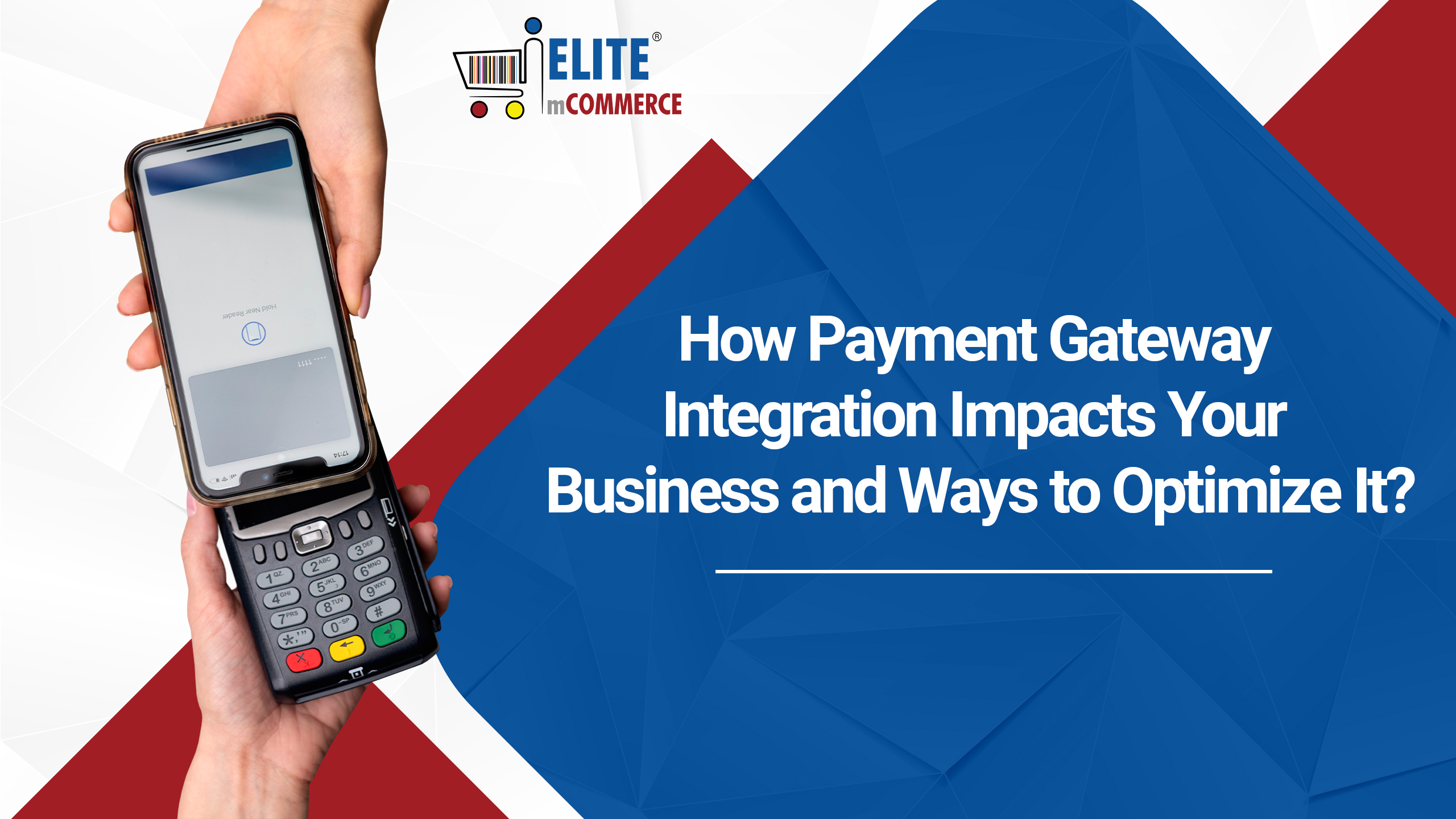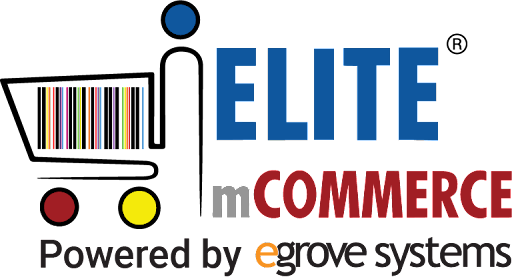p a:link{font-weight: 700;}
h2 {font-family: ‘Open Sans’,sans-serif; font-weight: 700;
color: #0e579f;
font-size: 20px;
letter-spacing: 1px;
}
.ptag p {font-size: 15px;text-align: justify;}
Since the iPhone burst onto the scene in 2007, the Mobile App market has been a profit bonanza for independent developers and business owners alike. Recent statistics indicate that the average smartphone user downloads roughly 9 apps per month at a minimum. Mobile app revenue is expected to hit $77 billion in 2017 based on the best estimates. As such, keeping an eye on mobile app trends is just good business sense. Here are a few app trends that you can expect in the coming year.
#1 Measuring Mobile vs Desktop Engagement Separately
While brands have been segregating mobile and desktop traffic data for years, they’ll focus more on actual engagement patterns in the future. Doing so can have amazing results as evidenced by the success of Sephora’s efforts to adapt to mobile user behavior in the past year. Looking at how mobile and desktop users interact with your site content and tweaking your marketing overtures accordingly is clutch. Constantly monitoring the effectiveness of your mobile engagement strategy will be a key in 2017.
#2 Round-the-Clock Customer Engagements
Nowadays, a typical mobile user expects their favorite brands to produce media that features some degree of engagement at all times. That’s why real-time engagement apps from top brands are so productive. Allowing users to customize their experience is the key to real-time engagement. A one-size-fits-all approach to interacting with customers simply won’t cut it in 2017. Design your mobile apps so that users have plenty of choices when it comes to how they receive crucial information and how they make purchasing decisions.
#3 Buying Cycle Flexibility
In 2017, the most successful apps will allow users to customize their buying experience. When users show interest in a product or service, your apps should allow them to make immediate purchases or bookmark potential future purchases for further consideration. Come up with separate advertising campaigns for customers that want to buy right away and those that want to buy later on. Pinterest-style catalogs that are highly visual are a great way to give your followers options when it comes to timing purchases.
#4 Mobile-First Storefront Designs
When customers are ready to make a purchase, they don’t want to be slowed down by a lousy mobile experience. If they encounter an interface that’s mostly geared towards desktop users, they’ll move on to a more mobile-friendly site. That’s why a mobile-first design is so important. Simply using a plugin to generate a mobile version of your desktop shopping cart won’t cut it. If need be, have a mobile web design specialist craft a separate mobile experience for smartphone users.
#5 Universal App Accessibility via BYOD
Once upon a time, major enterprises restricted access to their apps based on the device of the user. During the early days of smartphones, this made sense due to security concerns. Nowadays, it’s a lot easier to secure mobile data regardless of the device in question. In 2017, 70% of businesses are expected to support BYOD in the workplace. With more and more employees working remotely, Bring Your Own Device is a trend that can’t be ignored by forward-thinking businesses.
#6 Apps for Wearable Devices
The rapid adoption of the Apple Watch and Android Wear have finally brought wearables into the mainstream. Apps that exploit the capabilities of wearable tech will experience massive growth in 2017 now that the hardware has achieved widespread acceptance. Expect to see plenty of new healthcare-related apps make their debut in the coming year. Businesses that can produce apps that incorporate wearable devices in their marketing campaigns stand to benefit from this trend greatly regardless of the industry in question.
Extra drifts are to be conversed and look for the part – 2 of this blog soon, to be continued…









Add comment